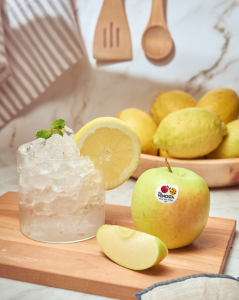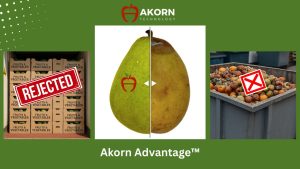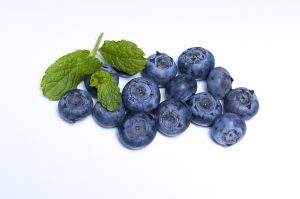This figure means 1.3 million tonnes more than in 2022 and it equals the 2021 production. Although the fact that late potato blight (Phytophthora infestans) could have an important impact on tubers in certain production areas must be seriously taken into account.
In general, the average plantation dates were delayed by 3 weeks regarding average planting times (around the 15th-20th of May instead of the 20th-25th of April).
Moreover, the weather conditions in August promoted a significant increase in yields, but there were also very high levels of late potato blight.
The medium-late varieties, such as Fontane and Challenger, along with the late varieties, such as Markies, will not have all their usual development days, unless the plants are left to grow until mid-October.
Extreme concern about blight
Faced with this situation, producers are exercising great caution and taking care with all the plantations, but it will be the season itself that will have the last word regarding what will occur with the harvest: conserving it or destroying the stalks if the blight infections are very important.
From the NEPG, producers are being recommended to check each of their fields and evaluate whether there are any blight problems in the tubers. Likewise, sources at the association underscore the importance of producers maintaining a fluid relation with their buyers regarding these physiological problems.
If the 2023 production is compared to the 2021 harvest, needs for the transformation industry have seen a considerable increase. The transforming companies throughout the NEPG zone need at least 2 million tonnes more of potatoes than 2 years ago.
Following the drop in production in Poland and in southern Europe (due to less surface area being planted and bad weather conditions), the export season has already begun and competition between the buyers for industry and for export are back on the agenda.
In Europe, the experts consider that the demand for transformed products will continue growing by around 4% a year.























